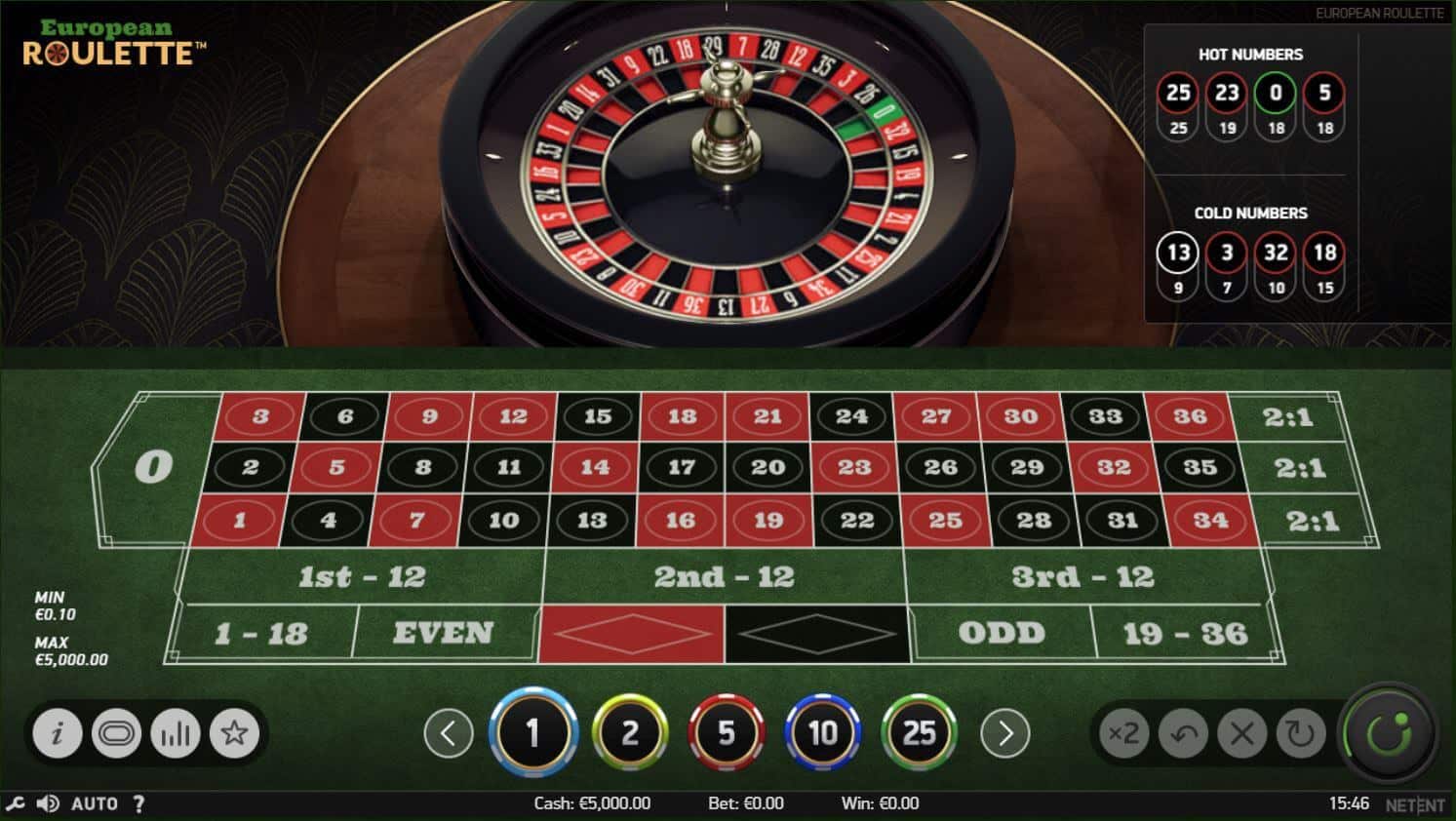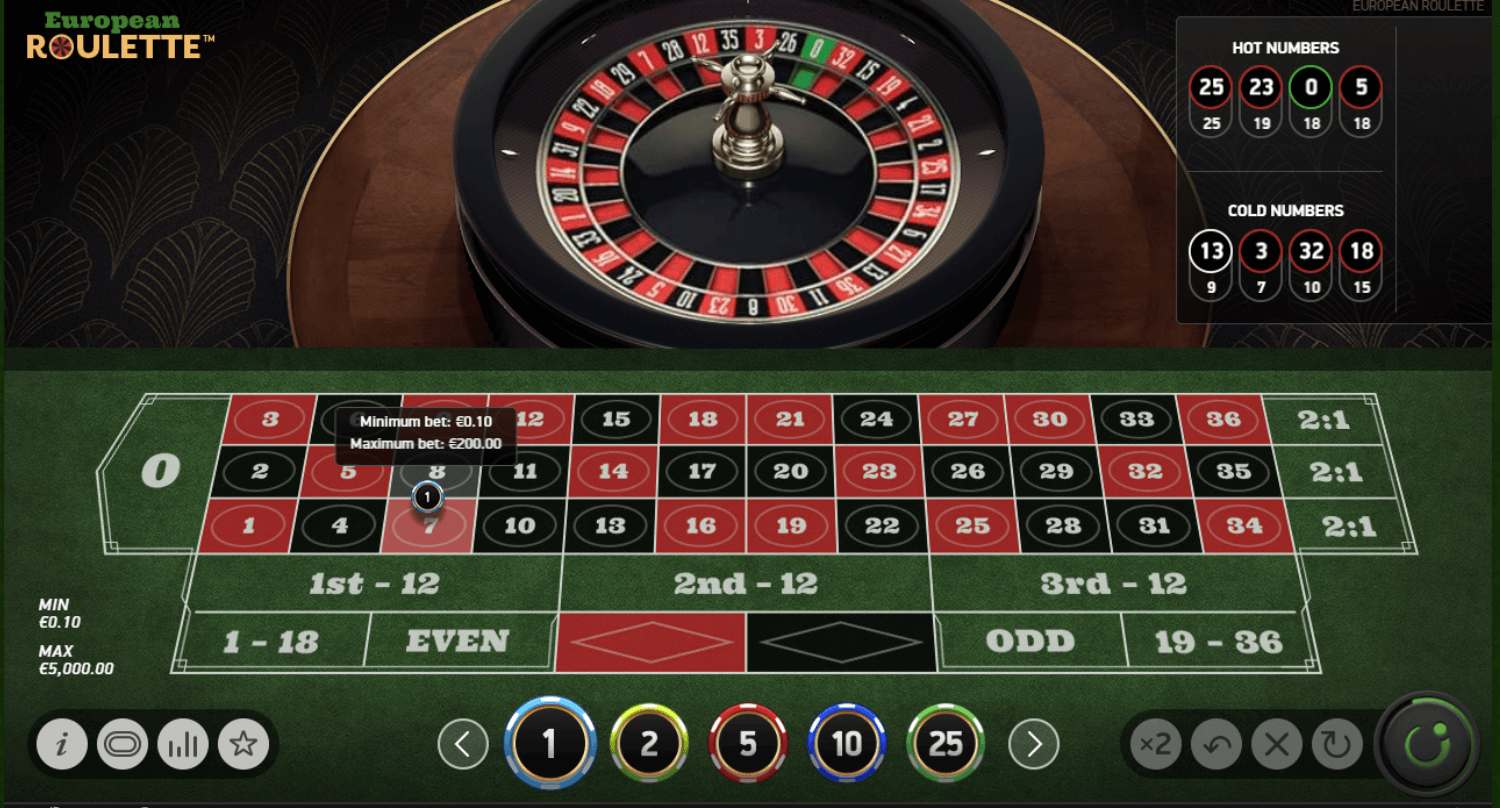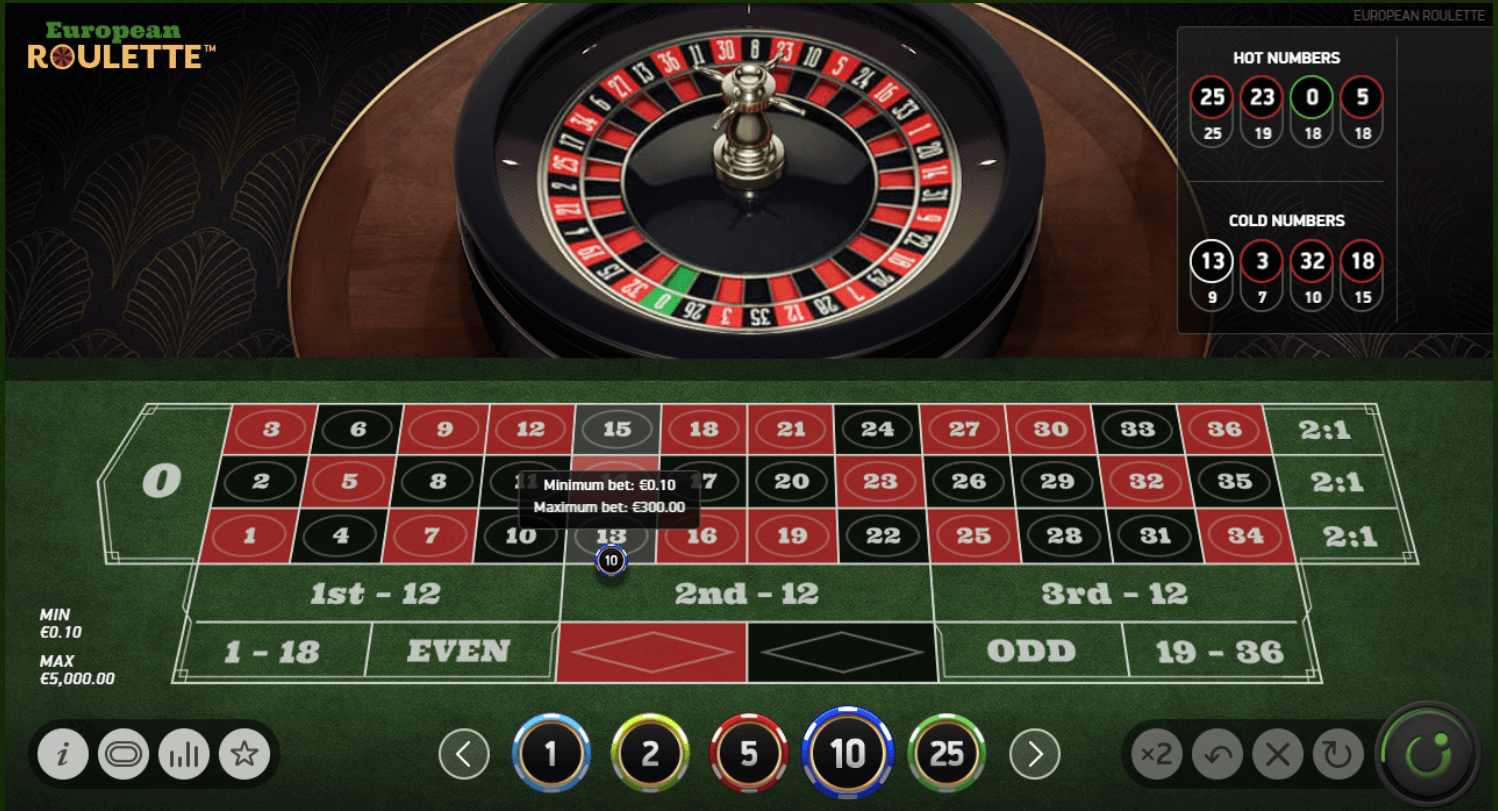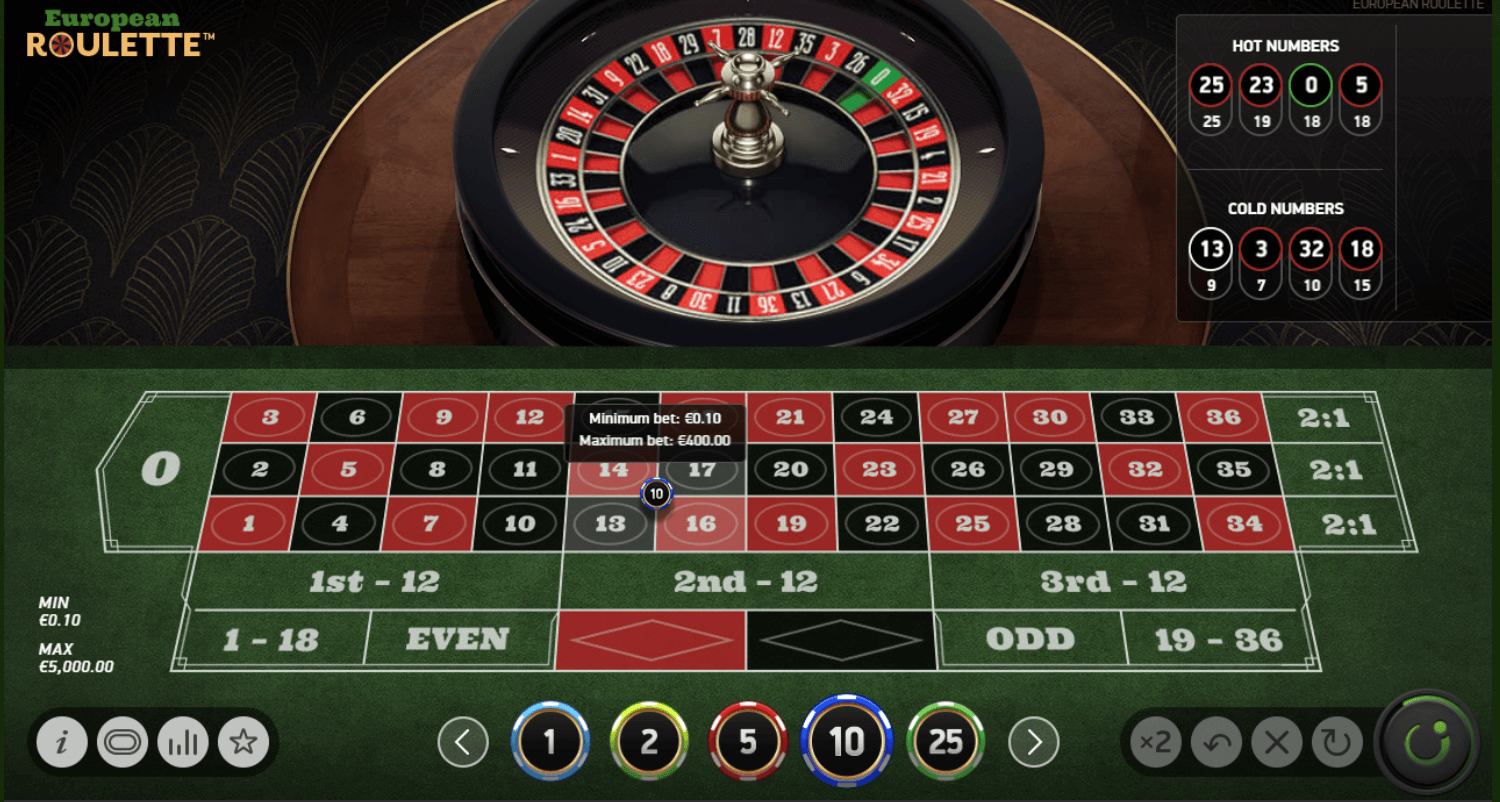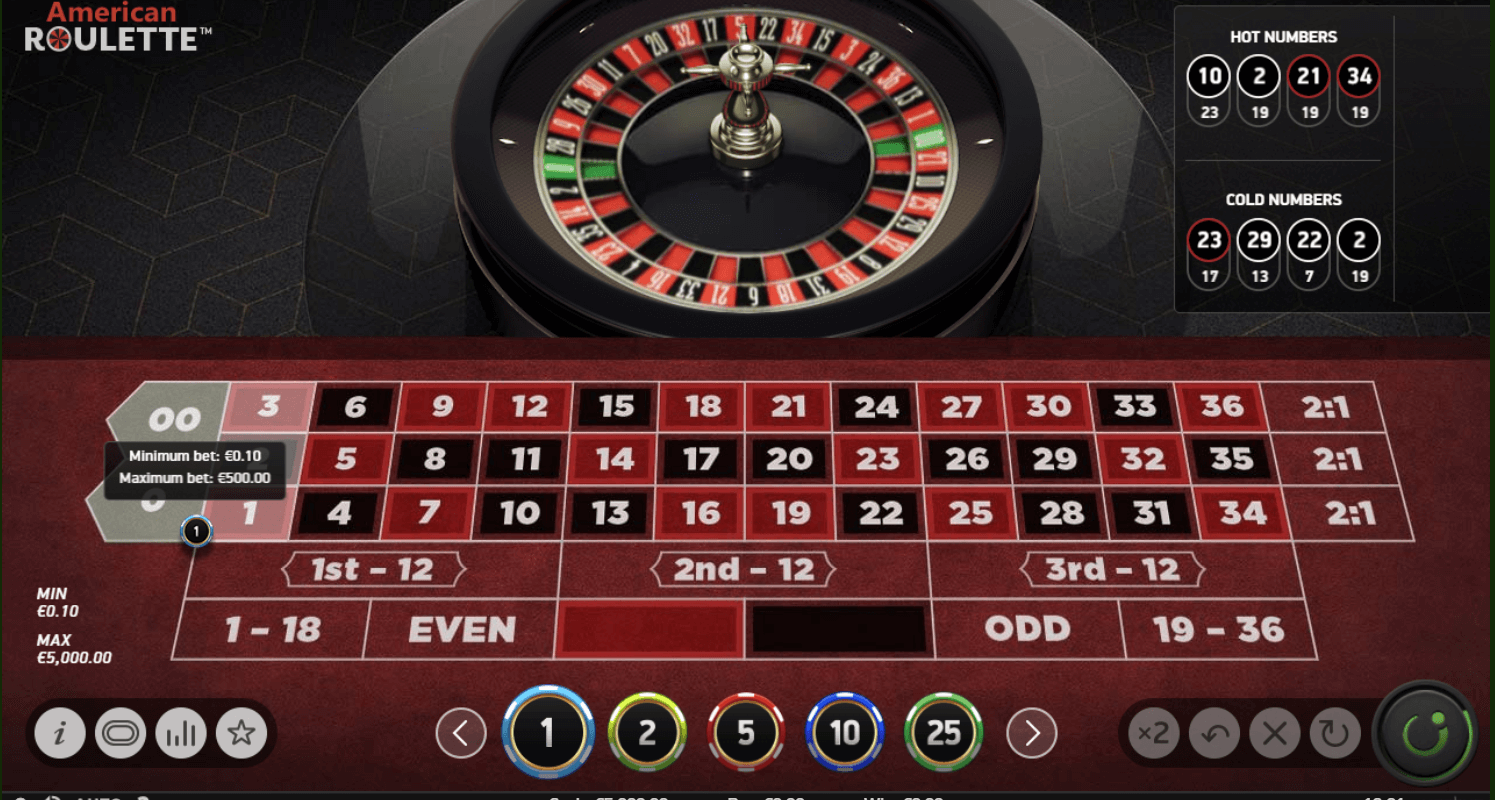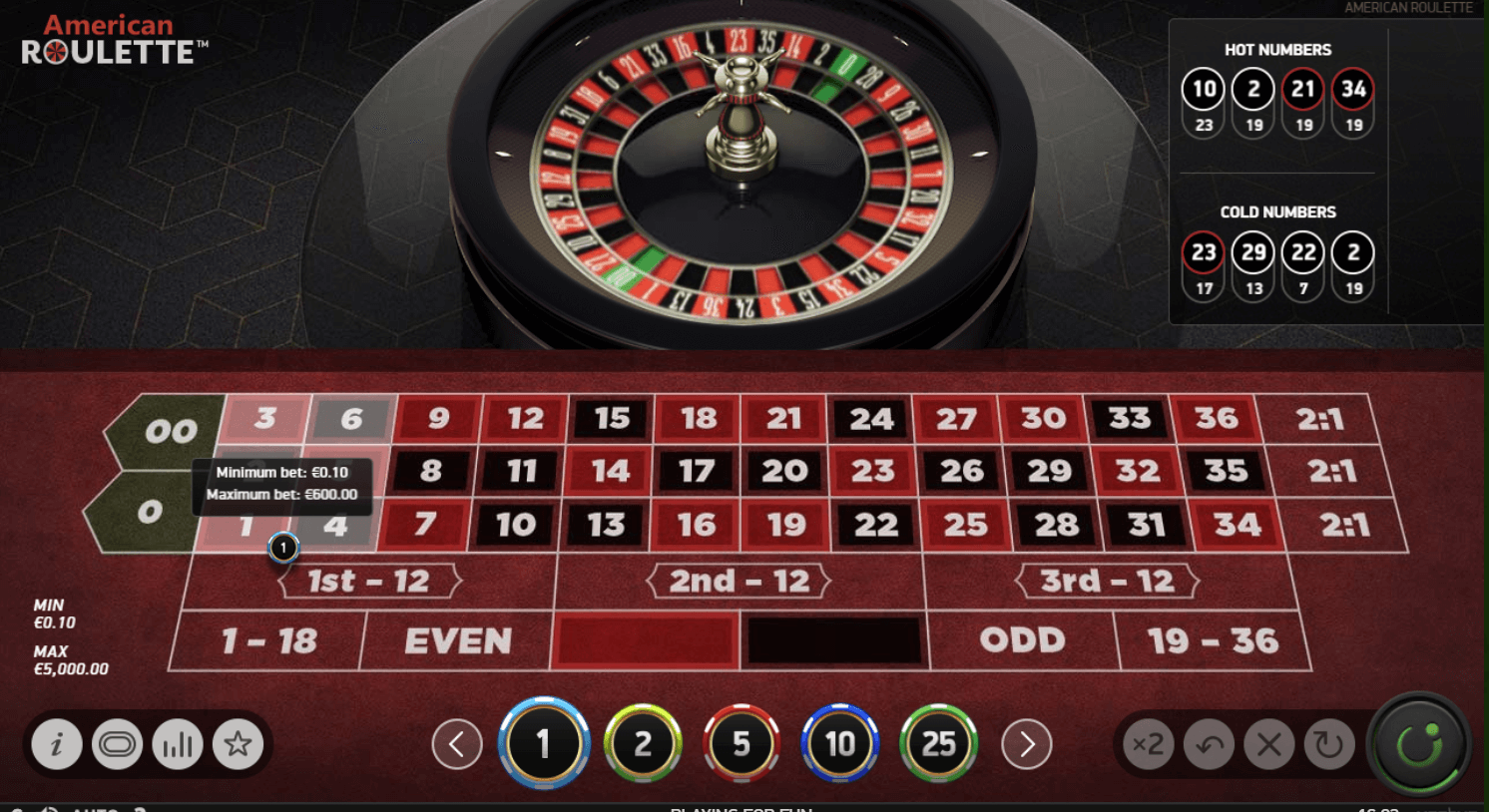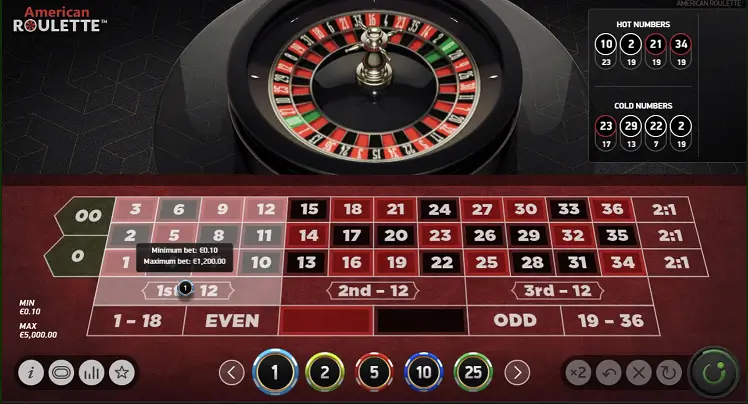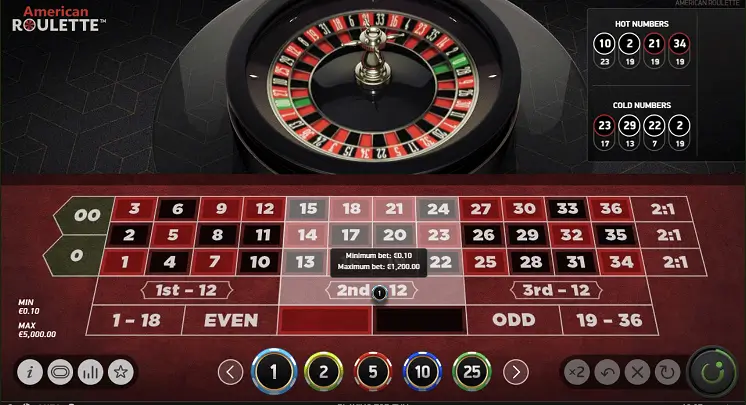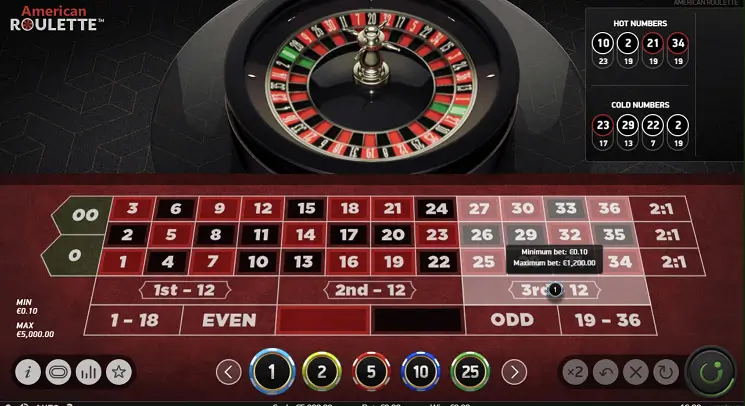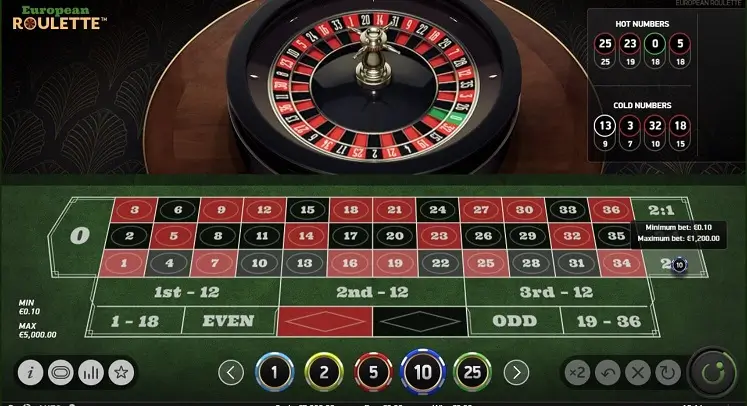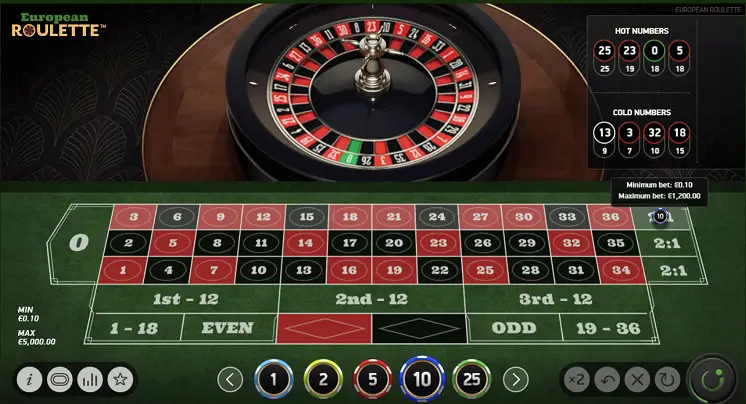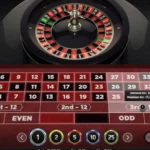Mastering the basic rules of online roulette takes mere moments. Just learn the key gameplay elements, make your wager, and set the wheel spinning. Sounds straightforward, doesn’t it? Well, this timeless game is layered with complexity, lying beneath its surface of black and red hues, catchy dealer phrases, and dramatic movie portrayals.
Diving deep into the nuances of roulette odds, payout structures, house advantages, and the varied gaming styles offered is crucial to avoid making uninformed bets in this captivating game. With more than 15 distinct bet types available, spreading your chips around the roulette table can yield quite varying outcomes. The number of spins waiting to score a win can change, too.
To assist you in grasping the intricacies of this delightful game, we've crafted an exhaustive guide tailor-made for you. Once you're through, you'll have a solid grasp of:
- The diverse styles of online roulette available.
- Odds and payouts of roulette
- The multitude of wagers possible at the roulette table.


